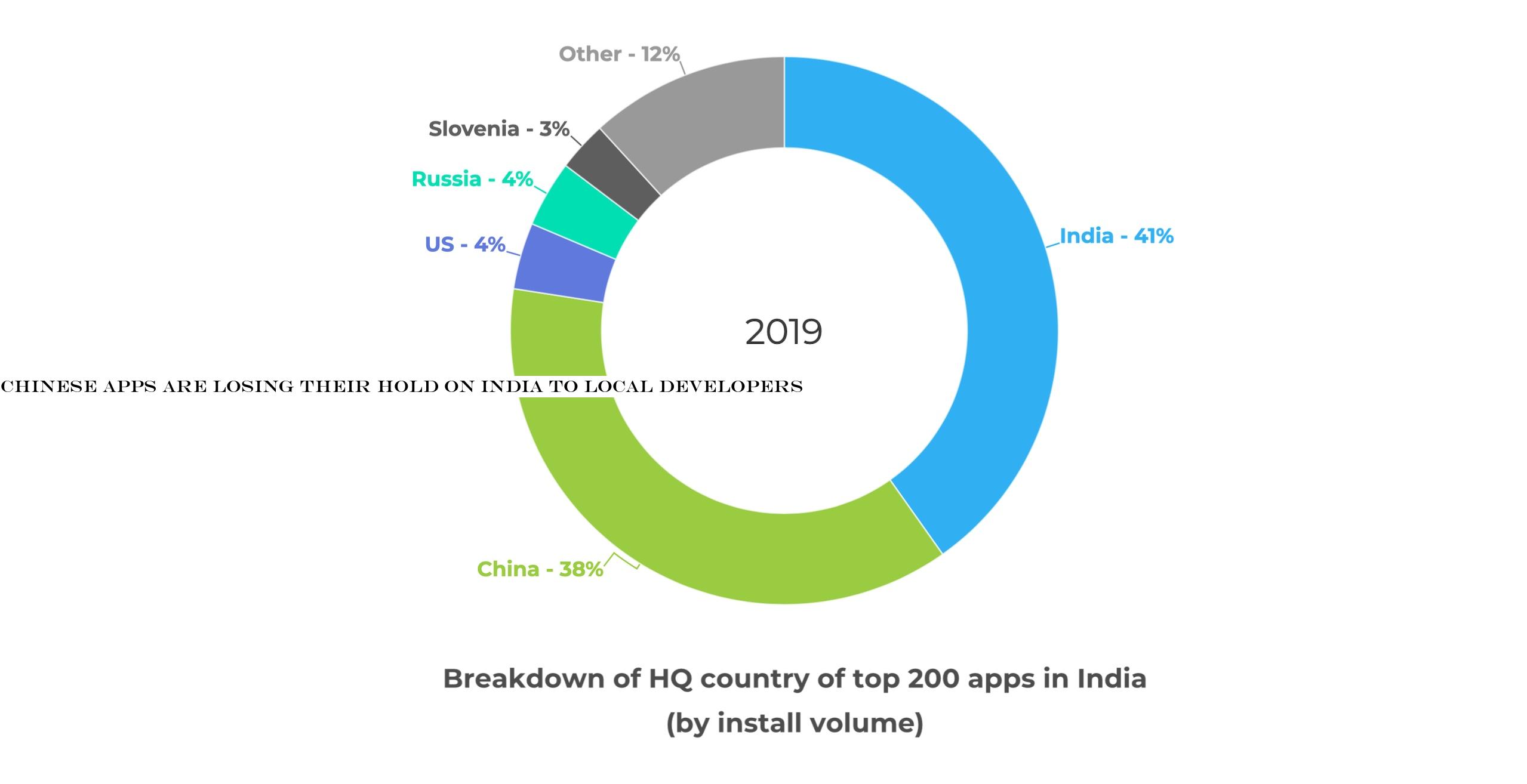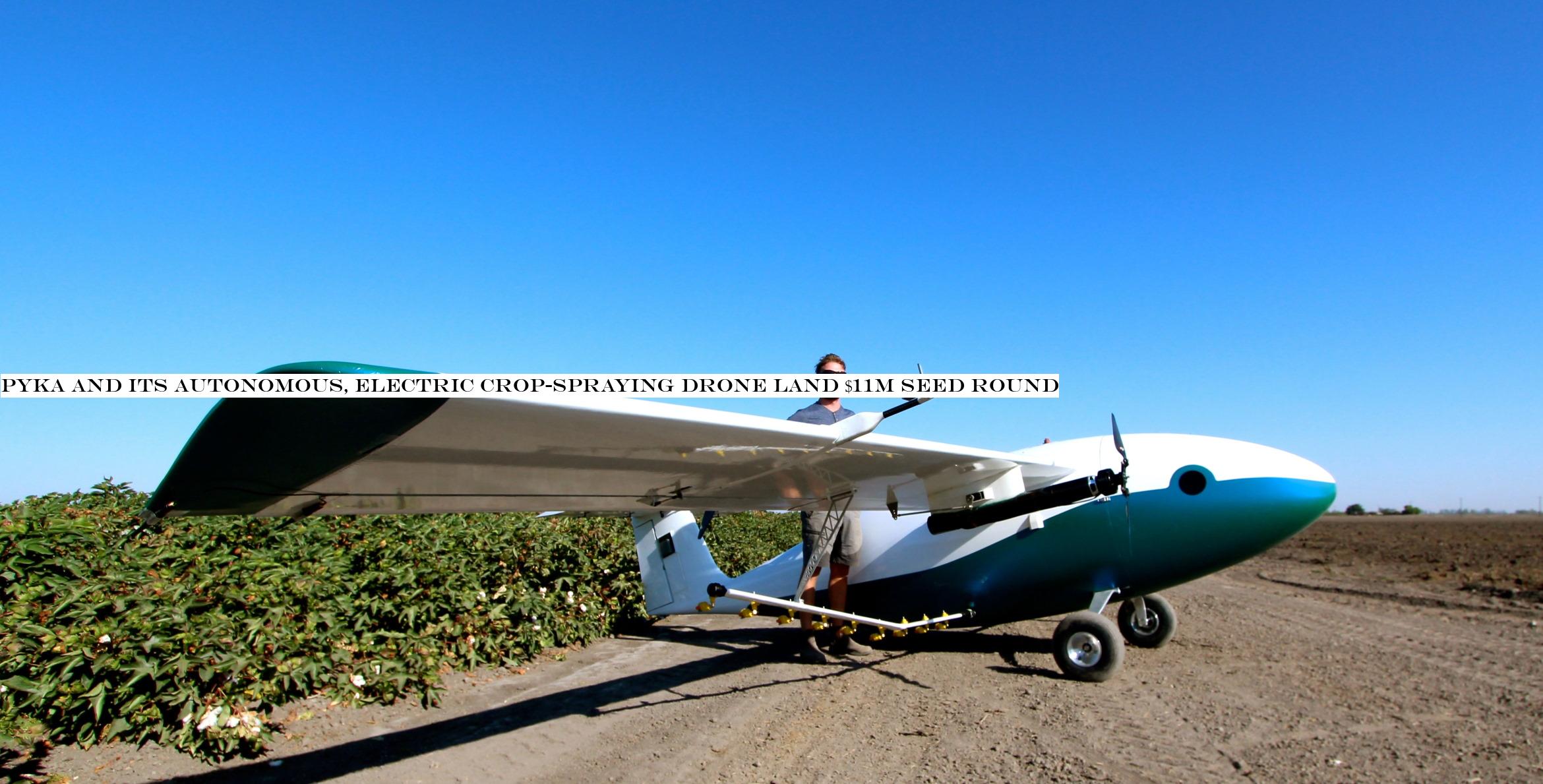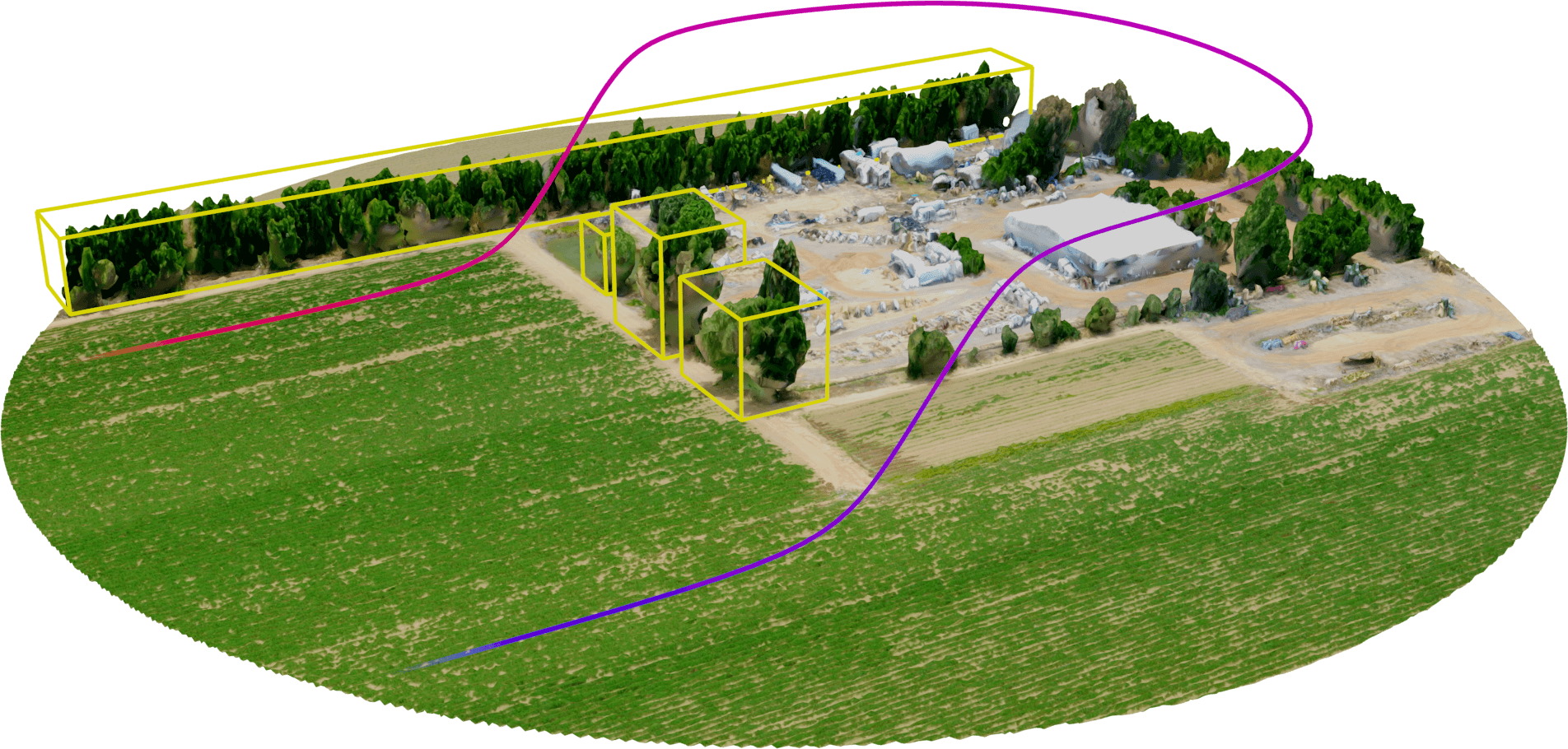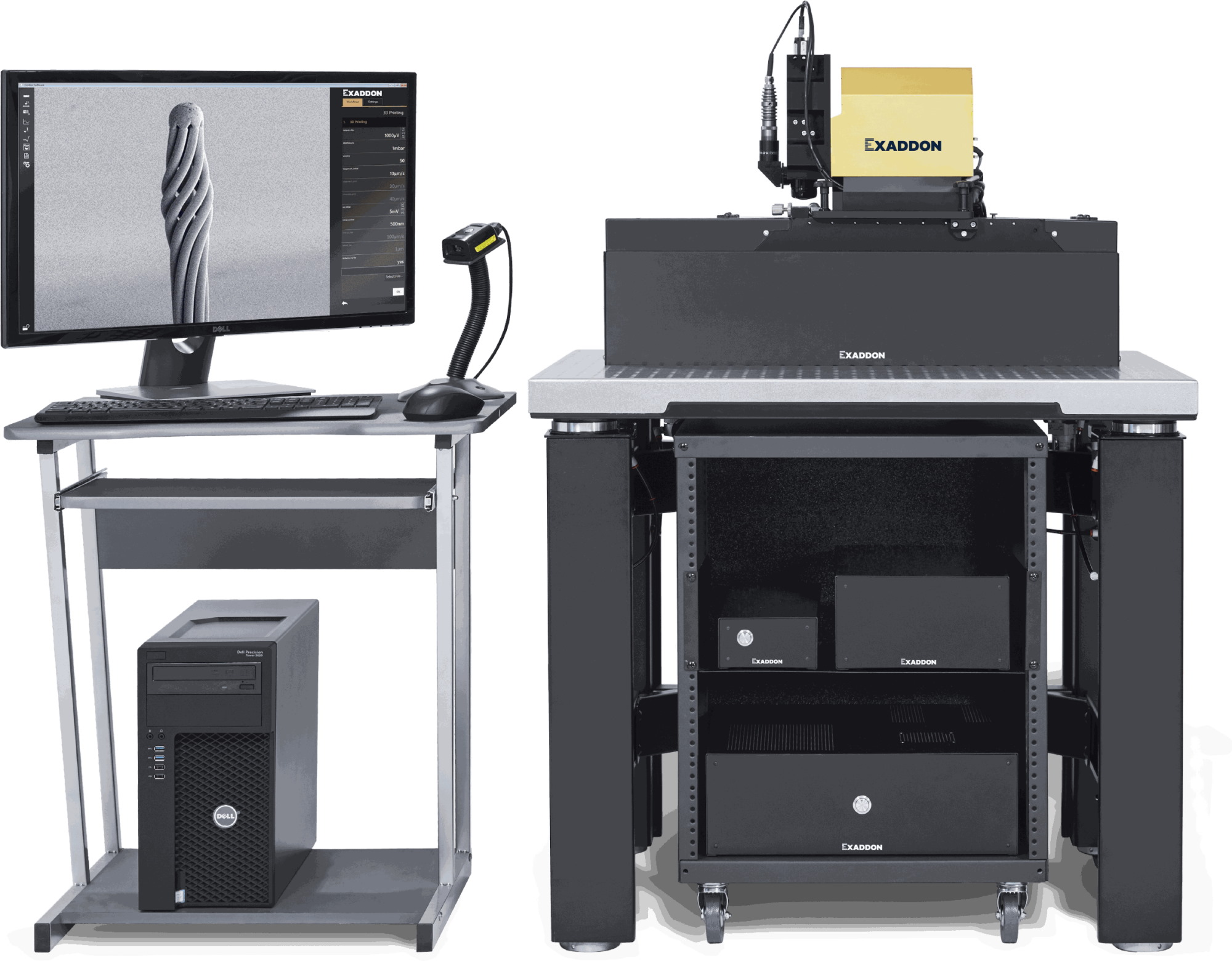Technology
Apps from Chinese developers have been gaining popularity on Indian app stores for sometime. Last year, as many as 44 of the top 100 Android apps in India were developed by Chinese firms.
But things have changed this year as local developers put on a fight. According to app analytics and marketing firm AppsFlyer, Indian apps as a whole have recaptured their original standing.
41% of top 200 apps in Indian editions of GooglePlay Store and AppleApp Store in Q2 and Q3 this year were developed by Indian developers and local firms, up from 38% last year, the report said. Data from App Annie, another research firm, corroborates the claim.
&This uptick happened chiefly at the expense of Chinese apps, which fell from their lead position to 38% from 43% in 2018. Altogether, Chinese and Indian apps make up almost four-fifths (79%) of the list,& the report said.

The shift comes as scores of Indian firms have launched payments, gaming, news, and entertainment apps in the last year and a half, said AppsFlyer, which analyzed 6.5 billion installs in the second and third quarters of this year.
But Chinese developers are not giving up and continue to maintain an &impressive& fight in each category, the report said.
India — which is home to more than 450 million smartphone users and maintains relatively lax laws to support an open market — has naturally emerged as an attractive battleground for developers worldwide.
Many Chinese firms including Xiaomi and ByteDance count India as one of their largest markets. TikTok app has amassed over 200 million users in India, for instance. Xiaomi, which leads the Indian smartphone market, is quickly building a portfolio of services for users in India. It launched a lending app in the country earlier this month.
Gaining traction among first time internet users, most of whom have lower financial capacity, can prove challenging.Those developing travel apps had to spend about 170 Indian rupees ($2.4) for each install, for instance. Food and drink app makers spent 138 Indian rupees ($1.9) per install during the aforementioned period, while games cost 13.5 Indian rupees.
Despite the marketing spends, retention rate for these apps was 23.4% on day 1, a figure that plummeted to 2.6% by the end of the month. (This is still an improvement over retention rates of 22.8% on day 1, and 2.3% on day 30 last year.)
- Details
- Category: Technology
Read more: Chinese apps are losing their hold on India to local developers
Write comment (94 Comments)The Daily Crunch is TechCrunchroundup of our biggest and most important stories. If you&d like to get this delivered to your inbox every day at around 9am Pacific, you can subscribe here.
1. Uber founder Travis Kalanick is leaving the companyboard of directors
Uber founder and former CEO Travis Kalanick will officially resign from the board as of December 31, to &focus on his new business and philanthropic endeavors,& according to a company press release.
Kalanick, who was forced out as Uber CEO and eventually replaced by Dara Khosrowshahi, has been in the process of selling off his considerable ownership stake in the company. In fact, it looks like Kalanick has now sold all his remaining stock.
2. Plenty of Fish app was leaking users& hidden names and postal codes
Dating app Plenty of Fish has pushed out a fix for its app after a security researcher found it was leaking information that users had set to &private& on their profiles. Before the fix, the app was silently returning users& first names and postal ZIP codes, according to The App Analyst.
3. As DraftKings finds an exit, a reminder of what could have been
DraftKings, a betting service focused on fantasy sports, will go public via a reverse merger. Not too long ago DraftKings and its erstwhile rival FanDuel were ubiquitous on television; now the two companies are fractions of what they once were. (Extra Crunch membership required.)
4. Gift Guide: 13 last-minute subscription gifts for the people you totally didn&t forget
Ittoo late to order things online, and brick-and-mortar stores are either closed for the week or absolutely slammed. So what can you do? Subscriptions!
5. Fyre Festival meets Mr. Bone Saw
Connie Loizos looks at the controversy around the three-day-long MDL Beast Festival in Riyadh, Saudi Arabia. The event, promoted by a number of celebrities and social media influencers, aimed to promote the efforts of its de facto ruler, Crown Prince Mohammed bin Salman (known as MBS).
6. A false start for foldables in 2019
A year from now, the Samsung Galaxy Foldturbulent takeoff may well be a footnote in the largest story of foldables. For now, however, itan important caveat that will come up in every conversation about the nascent product category. (Extra Crunch membership required.)
7. Micro-angelo? This 3D-printed ‘David& is just one millimeter tall
3D printing has proven itself useful in so many industries that itno longer necessary to show off, but some people just can&t help themselves. Case in point: this millimeter-tall rendition of Michelangelofamous &David& printed with copper using a newly developed technique.

- Details
- Category: Technology
Read more: Daily Crunch: Travis Kalanick is leaving Uber’s board
Write comment (100 Comments)Modern agriculture involves fields of mind-boggling size, and spraying them efficiently is a serious operational challenge. Pyka is taking on the largely human-powered spray business with an autonomous winged craft and, crucially, regulatory approval.
Just as we&ve seen with DroneSeed, this type of flying is risky for pilots, who must fly very close to the ground and other obstacles, yet also highly susceptible to automation; Thatbecause it involves lots of repetitive flight patterns that must be executed perfectly, over and over.
Pyka approach is unlike that of many in the drone industry, which has tended to use multirotor craft for their maneuverability and easy take-off and landing. But those drones can&t carry the weight and volume of pesticides and other chemicals that (unfortunately) need to be deployed at large scales.

The craft Pyka has built is more traditional, resembling a traditional one-seater crop dusting plane but lacking the cockpit. Itdriven by a trio of propellers, and most of the interior is given over to payload (it can carry about 450 pounds) and batteries. Of course, there is also a sensing suite and onboard computer to handle the immediate demands of automated flight.
Pyka can take off or land on a 150-foot stretch of flat land, so you don&t have to worry about setting up a runway and wasting energy getting to the target area. Of course, it&ll eventually need to swap out batteries, which is part of the ground crewresponsibilities. They&ll also be designing the overall course for the craft, though the actual flight path and moment-to-moment decisions are handled by the flight computer.

Example of a flight path accounting for obstacles without human input
All this means the plane, apparently called the Egret, can spray about a hundred acres per hour, about the same as a helicopter. But the autonomous craft provides improved precision (it flies lower) and safety (no human pulling difficult maneuvers every minute or two).
Perhaps more importantly, the feds don&t mind it. Pyka claims to be the only company in the world with a commercially approved large autonomous electric aircraft. Small ones like drones have been approved left and right, but the Egret is approaching the size of a traditional &small aircraft,& like a Piper Cub.
Of course, thatjust the craft — other regulatory hurdles hinder wide deployment, like communicating with air traffic management and other craft; certification of the craft in other ways; a more robust long-range sense and avoid system and so on. But PykaEgret has already flown thousands of miles at test farms that pay for the privilege. (Pyka declined to comment on its business model, customers or revenues.)
The companyfounding team — Michael Norcia, Chuma Ogunwole, Kyle Moore and Nathan White — comes from a variety of well-known companies working in adjacent spaces: Cora, Kittyhawk, Joby Aviation, Google X, Waymo and Morgan Stanley (thatthe COO).
The $11 million seed round was led by Prime Movers Lab, with participation from Y Combinator, Greycroft, Data Collective and Bold Capital Partners.
- Details
- Category: Technology
Read more: Pyka and its autonomous, electric crop-spraying drone land $11M seed round
Write comment (95 Comments)
A security researcher said he has matched 17 million phone numbers to Twitter user accounts by exploiting a flaw in TwitterAndroid app.
Ibrahim Balic found that it was possible to upload entire lists of generated phone numbers through Twittercontacts upload feature. &If you upload your phone number, it fetches user data in return,& he told TechCrunch.
He said Twittercontact upload feature doesn&t accept lists of phone numbers in sequential format — likely as a way to prevent this kind of matching. Instead, he generated more than two billion phone numbers, one after the other, then randomized the numbers, and uploaded them to Twitter through the Android app. (Balic said the bug did not exist in the web-based upload feature.)
Over a two-month period, Balic said he matched records from users in Israel, Turkey, Iran, Greece, Armenia, France and Germany, he said, but stopped after Twitter blocked the effort on December 20.
Balic provided TechCrunch with a sample of the phone numbers he matched. Using the sitepassword reset feature, we verified his findings by comparing a random selection of usernames with the phone numbers that were provided.
In one case, TechCrunch was able to identify a senior Israeli politician using their matched phone number.
While he did not alert Twitter to the vulnerability, he took many of the phone numbers of high-profile Twitter users — including politicians and officials — to a WhatsApp group in an effort to warn users directly.
Itnot believed Balicefforts are related to a Twitter blog post published this week, which confirmed a bug could have allowed &a bad actor to see nonpublic account information or to control your account,& such as tweets, direct messages and location information.
A Twitter spokesperson told TechCrunch the company was working to &ensure this bug cannot be exploited again.&
&Upon learning of this bug, we suspended the accounts used to inappropriately access peoplepersonal information. Protecting the privacy and safety of the people who use Twitter is our number one priority and we remain focused on rapidly stopping spam and abuse originating from use of TwitterAPIs,& the spokesperson said.
Itthe latest security lapse involving Twitter data in the past year. In May, Twitter admitted it gave account location data to one of its partners, even if the user had opted-out of having their data shared. In August, the company said it inadvertently gave its ad partners more data than it should have. And just last month, Twitter confirmed it used phone numbers provided by users for two-factor authentication for serving targeted ads.
Balic is previously known for identifying a security flaw breach that affected Appledeveloper center in 2013.
- Details
- Category: Technology
Read more: A Twitter app bug was used to match 17 million phone numbers to user accounts
Write comment (96 Comments)3D printing has proven itself useful in so many industries that itno longer necessary to show off, but some people just can&t help themselves. Case in point: this millimeter-tall rendition of Michelangelofamous &David& printed with copper using a newly developed technique.
The aptly named &Tiny David& was created by Exaddon, a spin-off company from another spin-off company, Cytosurge, spun off from Swiss research university ETH Zurich. Itonly a fraction of a millimeter wide and weighs two micrograms.
It was created using Exaddon&CERES& 3D printer, which lays down a stream of ionized liquid copper at a rate of as little as femtoliters per second, forming a rigid structure with features as small as a micrometer across. The Tiny David took about 12 hours to print, though something a little simpler in structure could probably be done much quicker.

As it is, the level of detail is pretty amazing. Although, obviously, you can&t recreate every nuance of Michelangelomasterpiece, even small textures like the hair and muscle tone are reproduced quite well. No finishing buff or support struts required.
Of course, we can create much smaller structures at the nanometer level with advanced lithography techniques, but thata complex, sensitive process that must be engineered carefully by experts. This printer can take an arbitrary 3D model and spit it out in a few hours, and at room temperature.

The CERES printer.
But the researchers do point out that there is some work involved.
&It is more than just a copy and downsized model of MichelangeloDavid,& said ExaddonGiorgio Ercolano in a company blog post. &Our deep understanding of the printing process has led to a new way of processing the 3D computer model of the statue and then converting it into machine code. This object has been sliced from an open-source CAD file and afterwards was sent directly to the printer. This slicing method enables an entirely new way to print designs with the CERES additive micromanufacturing system.&
Much smaller than that doesn&t work, though — Micro-David starts looking like hemade of Play-Doh snakes. Thatfine, they&ll get there eventually.
The team published the details of their newly refined technique (it was pioneered a few years ago but is much better now) in the journal Micromachines.
- Details
- Category: Technology
Read more: Micro-angelo This 3D-printed ‘David’ is just one millimeter tall
Write comment (91 Comments)The holiday season can be a lot. You might need something to make you feel better. This post doesn&t have it. But it does have some pretty terrible bitcoin Christmas music parodies that you can endure!
Enjoy:
In fact, the same account has made a bunch of similar pieces of musical fanfiction, proving the point that bitcoin fans are like other traders, but with fewer friends.
Take one for the road:
Now go get offline and spend time with someone you love.
- Details
- Category: Technology
Read more: What’s worse than Christmas music Bitcoin Christmas music
Write comment (98 Comments)Page 50 of 5614

 18
18